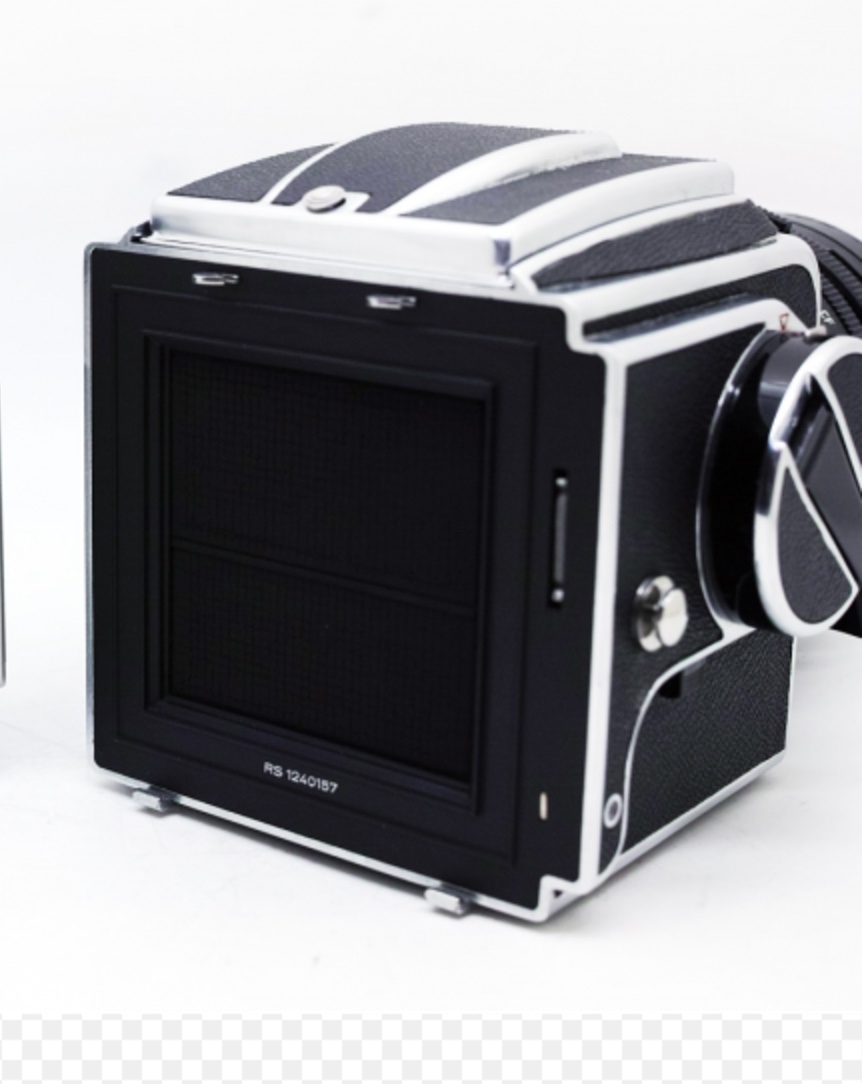The San Francisco Public Utilities Commission established an "Adopt-a-Drain" program "to prevent flooding in neighborhoods by having residents clear away debris that covers drains during storms." The inspiration came from Boston, where an "Adopt-a-Hydrant" initiative gave volunteers the responsibility to shovel snow and ice off their neighborhood fire hydrants.
In San Francisco 565 residents have adopted 934 of the city's 25,000 storm drains. The residents are assigned drains and they get to name them. The most popular name is "Dwayne." Other names include "No Drain, No Gain," and "The Great Leaf Catcher."
I have a drain across the street from my house. In the fall leaves from the entire neighborhood fall into the gutter, pass through little tunnels under our neighbors' driveways and descend upon this one drain. If the drain isn't cleared frequently, the water flows across the street, over the curb, past my cute little cairns and decomposed granite, through my fence and down my front yard, washing away mulch, geraniums, and dirt—that is, unless I clean the drain. I do this regularly. I just didn't know I could legally adopt a drain. Should I include it in my will?
Adopting a drain is a microcosm of everything that we need to do to counteract the malaise following November's election. Take responsibility. Do something. Quit complaining. No, Facebook doesn't count. You actually have to do something. Adopt a drain. Count birds for the Audubon Society. Pick up the styrofoam left on your neighbor's yard. Walk slowly across the street by the old lady with the heavy grocery bag. Better still, carry the damn bag.
Help me name this drain.
The problem is that the drain is at the bottom of two sloped gutters which run under Rugby Avenue's driveways.
Looking up Rugby Avenue to Yale
Leaves caught in the flow clog up the tunnels under the driveways.
And then at the corner of Rugby and Yale is a curve. Yale runs uphill for another tenth of a mile, and all the water in the gutters on the east side of Yale Avenue takes a turn at Yale and Rugby that's banked like the NASCAR track at Daytona, and runs down to my drain.
Yale Avenue on the left. Rugby on the right.
It's Christmas Eve. I'm going out to clean the drain. Will post an "after" photo to go with the "before."
There. Bring on the storms.






























































